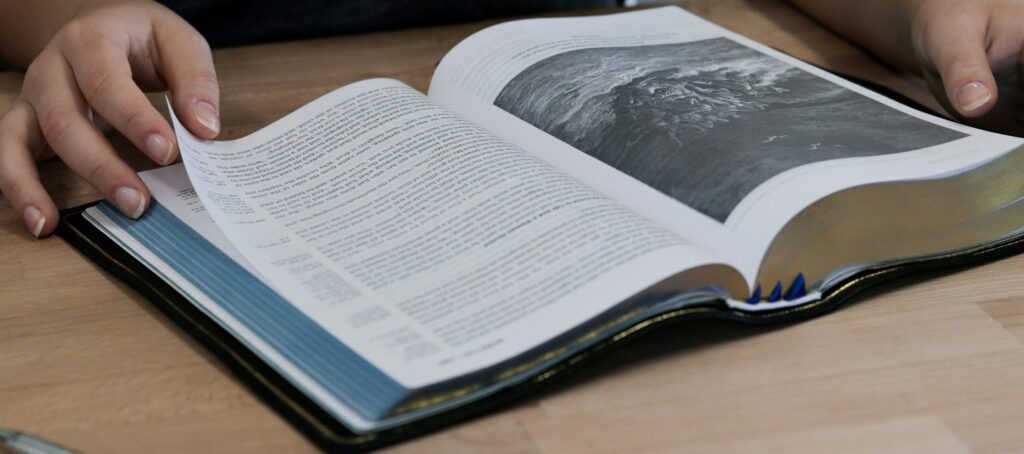We previously reported on two studies showing that after the end of the last ice age about 11,000 years ago, the Arctic on both the Russian and Canadian sides warmed rapidly to a level much warmer than today, stayed warm for thousands of years, then began a cooling trend about 6,000 years ago which has left it colder than any time since the last ice age. If you think these were outliers or mistakes, we add to the list a new study looking at Bolshevik Island in the Russian high Arctic which reports the same pattern (h/t NTZ). Based on examination of sediment layers at the bottom of a nearby lake, scientists confirmed that from about 12,000 to 6,000 years ago the region warmed and was eventually covered in shrubs and dwarf trees. Then the cold began coming, and today the region looks as bleak and barren as it did at the end of the ice age.
Nowadays very little greenery grows there, mostly some moss and lichen. Unlike the millennia after the last ice age, in which alder, birch, willow, sedges and grasses grew on Bolshevik Island. Or to be exact, “after the last glaciation” because technically we are still in an ice age precisely because of the unusual presence of polar ice. But in the common parlance, the “ice age” ended when the glaciers retreated from almost everywhere else. And the point is what happened next.
Because warmth is good for life, and even in the Arctic, if a bit of warmth arrives, vegetation follows. And it did. Furthermore the new study finds evidence that “large herbivores were grazing in the catchment area” because vegetation attracts and supports animals that eat vegetation. You almost get the sense that nature likes warmth. You also almost get the sense that the modern Arctic is not the static, unchanging ice-bound frozen land that activists want you to assume. That picture is convenient because if the ice melts back a little more than usual in any given summer, they can call it unprecedented and a harbinger of climate doom. Even though the unusual thing, from a long-term history perspective, is not that the ice melts back in the summer, but that there is so much ice there in the first place. It wasn’t always thus, and the last time it was, we called it an ice age.



My biggest chuckles of late have come at the expense of those who think that any day now the ice in the Arctic will be gone, and one can then sail their sailboat from Alaska to the North Pole. This has happened a few times over the past few years. These sailors will typically start their journey at the warmest time of the year in the Arctic when the ice has reached its usual peak in annual melt between August 1st and August 21st. The last guy who tried it made me laugh the most though...he got about 90 miles north of Alaska (about 145 km) on about August 7th that year, and then got stuck in the ice. So he fell short of his goal by a few hundred kilometers, but this should not come as a surprise to anyone either. There is a LOT of ice in the Arctic, and there's no way we're ever going to see it melt off completely anytime in the near future :-).
A recent NOVA broadcast called "Extreme Ice" stressed the number of icebergs caused by warming. Icebergs calve because ice load is increasing in the source. The Titanic hit an iceberg during similar conditions in 1910, a solar minimum. FYI: Denmark does not monitor Greenland in the winter because it is too dangerous (cold). An aircraft from WW2 is buried under 100m of ice. Don't believe everything you read or see on popular media.
"Don't believe exvxexrxyxtxhxixnxg ANYTHING you read or see on popular media."
fixed.
Need some graphs!